SCOTSMAN'S BAY ALSO REDEVELOPMENT OF DUN LAOGHAIRE BATHS
SEAFRONT IN DUN LAOGHAIRE [SCOTSMAN'S BAY]
Dun Laoghaire Baths Project - December 2019 Updates:
Works at the Dun Laoghaire Baths continue and when complete will provide for the continuing public use of the area. Works include the retention and securing of the existing Baths Pavilion and the removal of dilapidated structures to the rear of the Pavilion to create a new route between Newtownsmith and the East Pier. This walkway will be at a level that will create a safe and secure walk offering panoramic views over Scotsman’s Bay. The form of this walk will reflect the original rocky shoreline and the historic alignment of the old gun battery that was originally located on this site. The walkway will incorporate sitting and viewing points and the land adjoining this walk will be re-graded to create sloping grassed areas. The scheme also proposes the refurbishment of the small gazebo situated along this route.
The existing Baths Pavilion together with a smaller outbuilding will be retained, weathered and secured while the remaining dilapidated outbuildings to the rear and side of the Pavilion will be removed. It is proposed to fit out the Pavilion to accommodate studio space for artists and to provide gallery and café facilities. The studios will be managed by the Arts Department. The original Baths entrance along Windsor Terrace will be restored to provide access. An outdoor ‘café terrace’ linked to the new café will provide an attractive sitting area for viewing eating and relaxing. It is also proposed to create new public toilets facilities at street level which will also be accessible for wheelchair users. Footpaths along Windsor Terrace will be upgraded, and new street trees planted.
These uses and improvements will create new life and provide enhanced public facilities which will complement and link the area to the adjoining Peoples Park, the completed Metals Project Phases 1 and 2 and the DLR Lexicon Environs project that is currently under construction.
The project is divided into several work zones. These zones include work to the new jetty, works to the new sea walls, works to the Pavilion and works to tie into the existing walkway at Newtownsmith. Currently works to the new jetty are nearing completion. This has created a new viewing point with stunning vistas across Scotsman’s Bay to Sandycove Harbour. The new long bench on the jetty has been also been completed and this has allowed the rock armour facing the East Pier to commence. The construction of massive new sea walls supporting the new walkway at the back of the pavilion is well underway. Underpinning and stabilisation of the foundations to the old Pavilion building has been completed and the basement plant room is complete. While significant progress has been made in all these areas overall progress in constructing the works is slower than anticipated. A combination of factors has contributed to this including a requirement to stabilise the retaining walls that support the Queens Road difficulty in constructing the jetty and the new sea walls. As a consequence, the project is now likely to be completed in late Summer 2020.
The project is funded directly by Dún Laoghaire County Council. Additional grant funding of €1.1m has been made available from the European Regional Development Fund under the Designated Urban Centre Grant Scheme (DUCGS).
John Rennie (1761-1821), who was Scottish, was one of the leading civil engineers of his day. He designed many bridges, canals and docks, including those at Hull, Liverpool, London and Leith. Keeping an effective link between Ireland and England was vital in the early 19th century and Rennie was responsible for the construction of Howth Harbour a decade earlier than Dunleary. He had been asked for his observations on Dublin Bay just two years after Bligh’s survey in 1800. Rennie suggested that: "Dunleary, or rather a little to the east of it was a good site for the construction of a harbour of asylum, for ships which, under unfavourable circumstances get embayed in Dublin Bay and cannot with safety enter the present harbour".
Rennie was appointed Chief Engineer for the construction of the harbour in 1815. Originally it was intended that only one pier (the East Pier) would be built (3,500 feet long), but when John Rennie was appointed directing engineer for the work, he insisted that a single pier would result in sand drifting behind the pier and that a second West Pier (4,950 feet long) would prevent this from occurring. He was correct as the sand has built up behind the west pier. The harbour once built was renamed 'The Royal Harbour of Kingstown' in 1821 on the occasion of the visit of George IV. The material for the harbour is Dalkey Hill granite. The granite was provided by Richard Toucher (a long time campaigner for the new harbour) at no cost to the construction team. The foundations of the piers are 300'-0" wide and 24'-0" below low water level. Many options were considered for the width of the space between the two pier heads. Rennie wrote to the Harbour Commissioners that the opening should be 430'-0" wide with the pier heads turned into the harbour to control swells within the harbour. His demands were never met and the harbour opening was built at 1,066'-0". This was clearly too wide and was subsequently reduced to 760'-0".
The Bay between Kingstown and The Forty Foot is still known as Scotsman’s Bay in Rennie’s honour. He died in 1821 and is buried in St. Paul’s Cathedral, London. His son, also John Rennie was a distinguished engineer and he carried out further work at Kingstown Harbour.
Dun Laoghaire Baths Project - December 2019 Updates:
Works at the Dun Laoghaire Baths continue and when complete will provide for the continuing public use of the area. Works include the retention and securing of the existing Baths Pavilion and the removal of dilapidated structures to the rear of the Pavilion to create a new route between Newtownsmith and the East Pier. This walkway will be at a level that will create a safe and secure walk offering panoramic views over Scotsman’s Bay. The form of this walk will reflect the original rocky shoreline and the historic alignment of the old gun battery that was originally located on this site. The walkway will incorporate sitting and viewing points and the land adjoining this walk will be re-graded to create sloping grassed areas. The scheme also proposes the refurbishment of the small gazebo situated along this route.
The existing Baths Pavilion together with a smaller outbuilding will be retained, weathered and secured while the remaining dilapidated outbuildings to the rear and side of the Pavilion will be removed. It is proposed to fit out the Pavilion to accommodate studio space for artists and to provide gallery and café facilities. The studios will be managed by the Arts Department. The original Baths entrance along Windsor Terrace will be restored to provide access. An outdoor ‘café terrace’ linked to the new café will provide an attractive sitting area for viewing eating and relaxing. It is also proposed to create new public toilets facilities at street level which will also be accessible for wheelchair users. Footpaths along Windsor Terrace will be upgraded, and new street trees planted.
These uses and improvements will create new life and provide enhanced public facilities which will complement and link the area to the adjoining Peoples Park, the completed Metals Project Phases 1 and 2 and the DLR Lexicon Environs project that is currently under construction.
The project is divided into several work zones. These zones include work to the new jetty, works to the new sea walls, works to the Pavilion and works to tie into the existing walkway at Newtownsmith. Currently works to the new jetty are nearing completion. This has created a new viewing point with stunning vistas across Scotsman’s Bay to Sandycove Harbour. The new long bench on the jetty has been also been completed and this has allowed the rock armour facing the East Pier to commence. The construction of massive new sea walls supporting the new walkway at the back of the pavilion is well underway. Underpinning and stabilisation of the foundations to the old Pavilion building has been completed and the basement plant room is complete. While significant progress has been made in all these areas overall progress in constructing the works is slower than anticipated. A combination of factors has contributed to this including a requirement to stabilise the retaining walls that support the Queens Road difficulty in constructing the jetty and the new sea walls. As a consequence, the project is now likely to be completed in late Summer 2020.
The project is funded directly by Dún Laoghaire County Council. Additional grant funding of €1.1m has been made available from the European Regional Development Fund under the Designated Urban Centre Grant Scheme (DUCGS).
John Rennie (1761-1821), who was Scottish, was one of the leading civil engineers of his day. He designed many bridges, canals and docks, including those at Hull, Liverpool, London and Leith. Keeping an effective link between Ireland and England was vital in the early 19th century and Rennie was responsible for the construction of Howth Harbour a decade earlier than Dunleary. He had been asked for his observations on Dublin Bay just two years after Bligh’s survey in 1800. Rennie suggested that: "Dunleary, or rather a little to the east of it was a good site for the construction of a harbour of asylum, for ships which, under unfavourable circumstances get embayed in Dublin Bay and cannot with safety enter the present harbour".
Rennie was appointed Chief Engineer for the construction of the harbour in 1815. Originally it was intended that only one pier (the East Pier) would be built (3,500 feet long), but when John Rennie was appointed directing engineer for the work, he insisted that a single pier would result in sand drifting behind the pier and that a second West Pier (4,950 feet long) would prevent this from occurring. He was correct as the sand has built up behind the west pier. The harbour once built was renamed 'The Royal Harbour of Kingstown' in 1821 on the occasion of the visit of George IV. The material for the harbour is Dalkey Hill granite. The granite was provided by Richard Toucher (a long time campaigner for the new harbour) at no cost to the construction team. The foundations of the piers are 300'-0" wide and 24'-0" below low water level. Many options were considered for the width of the space between the two pier heads. Rennie wrote to the Harbour Commissioners that the opening should be 430'-0" wide with the pier heads turned into the harbour to control swells within the harbour. His demands were never met and the harbour opening was built at 1,066'-0". This was clearly too wide and was subsequently reduced to 760'-0".
The Bay between Kingstown and The Forty Foot is still known as Scotsman’s Bay in Rennie’s honour. He died in 1821 and is buried in St. Paul’s Cathedral, London. His son, also John Rennie was a distinguished engineer and he carried out further work at Kingstown Harbour.
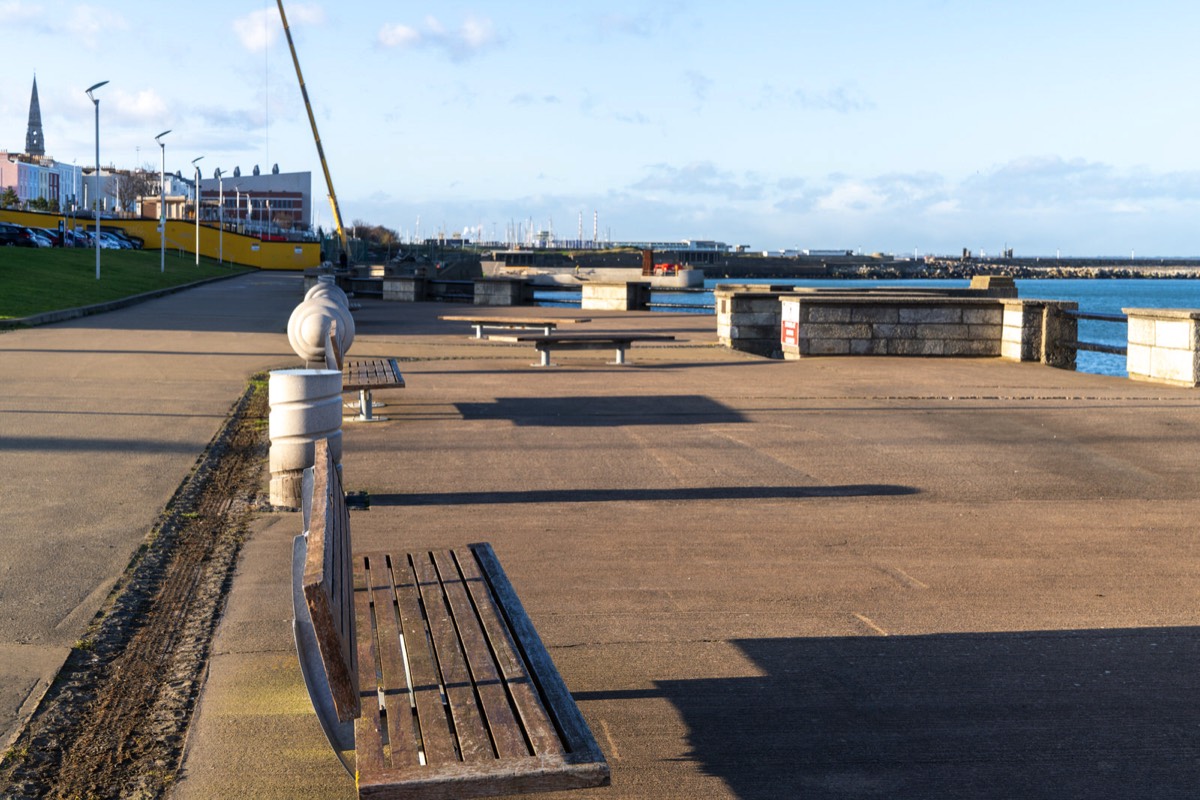
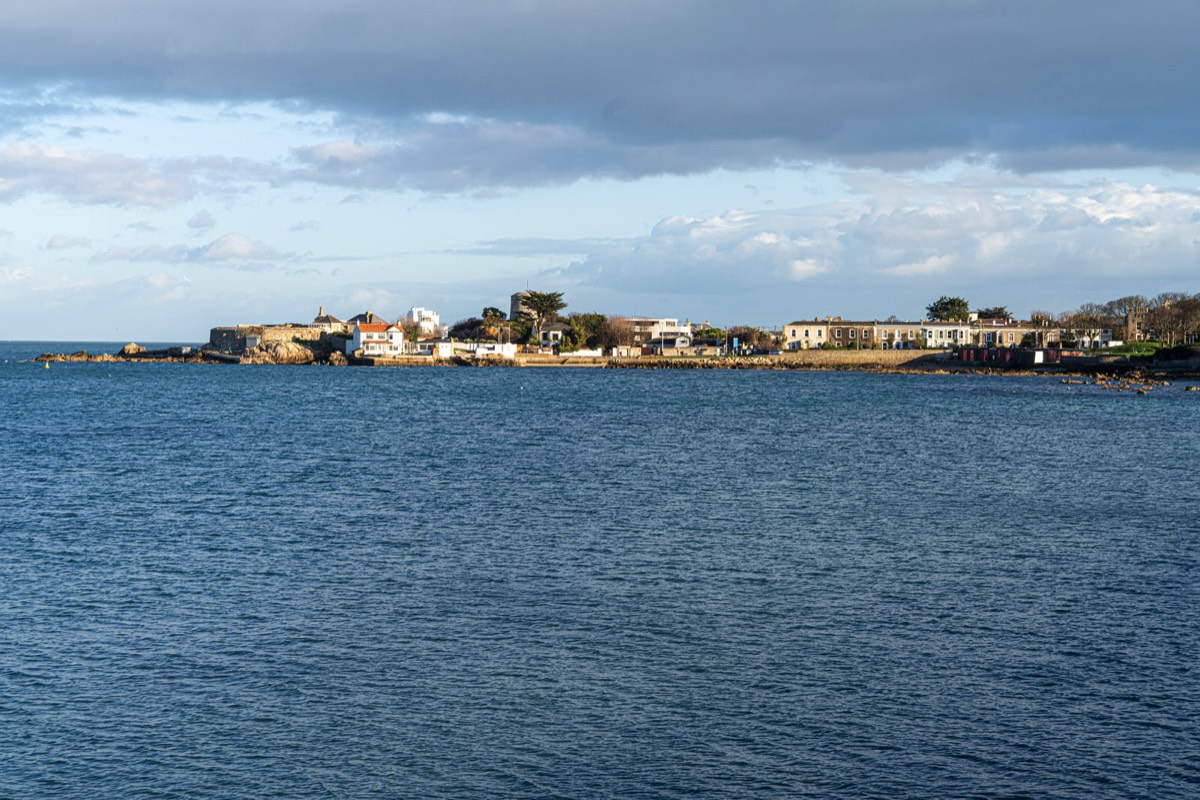
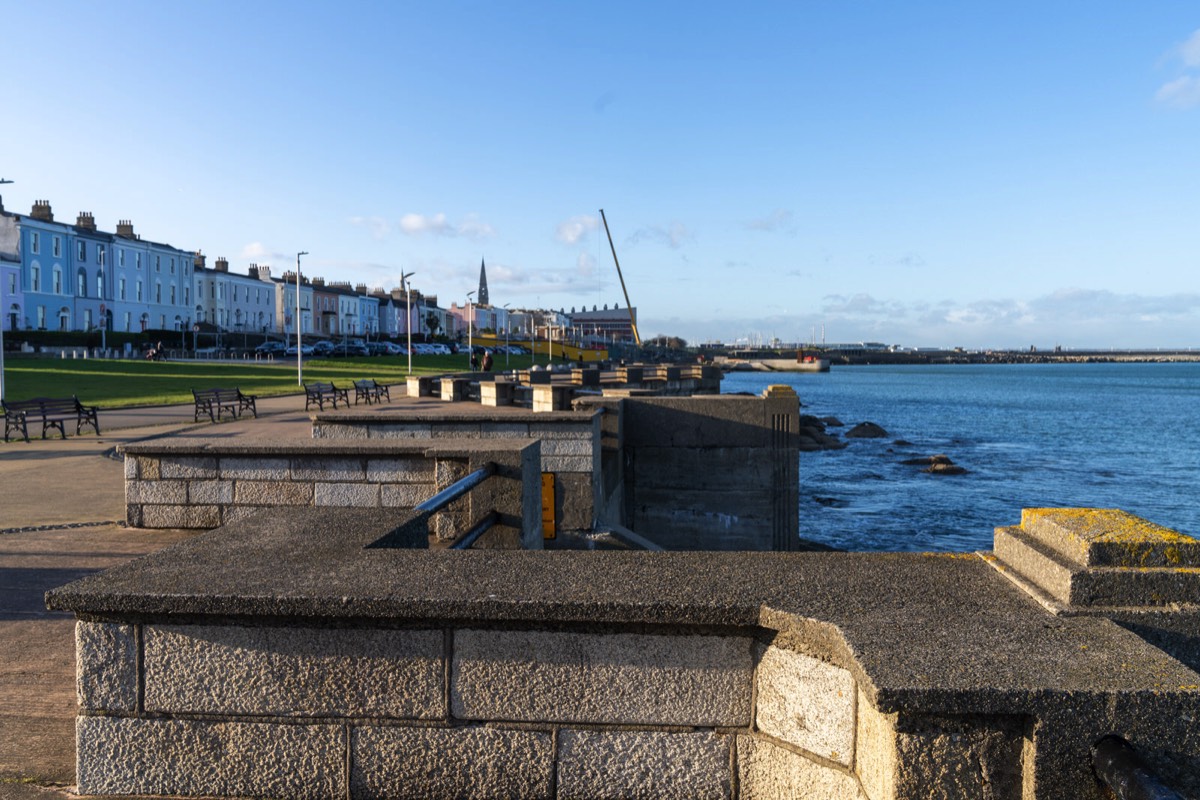
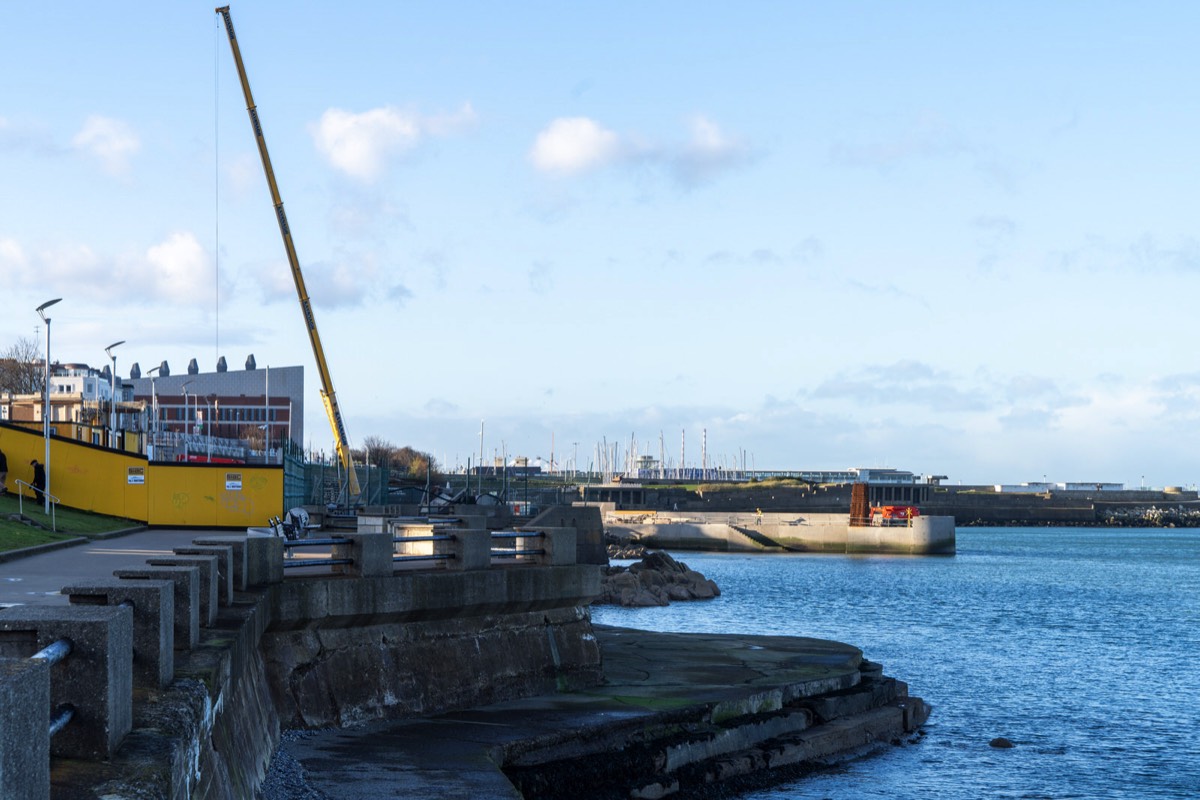
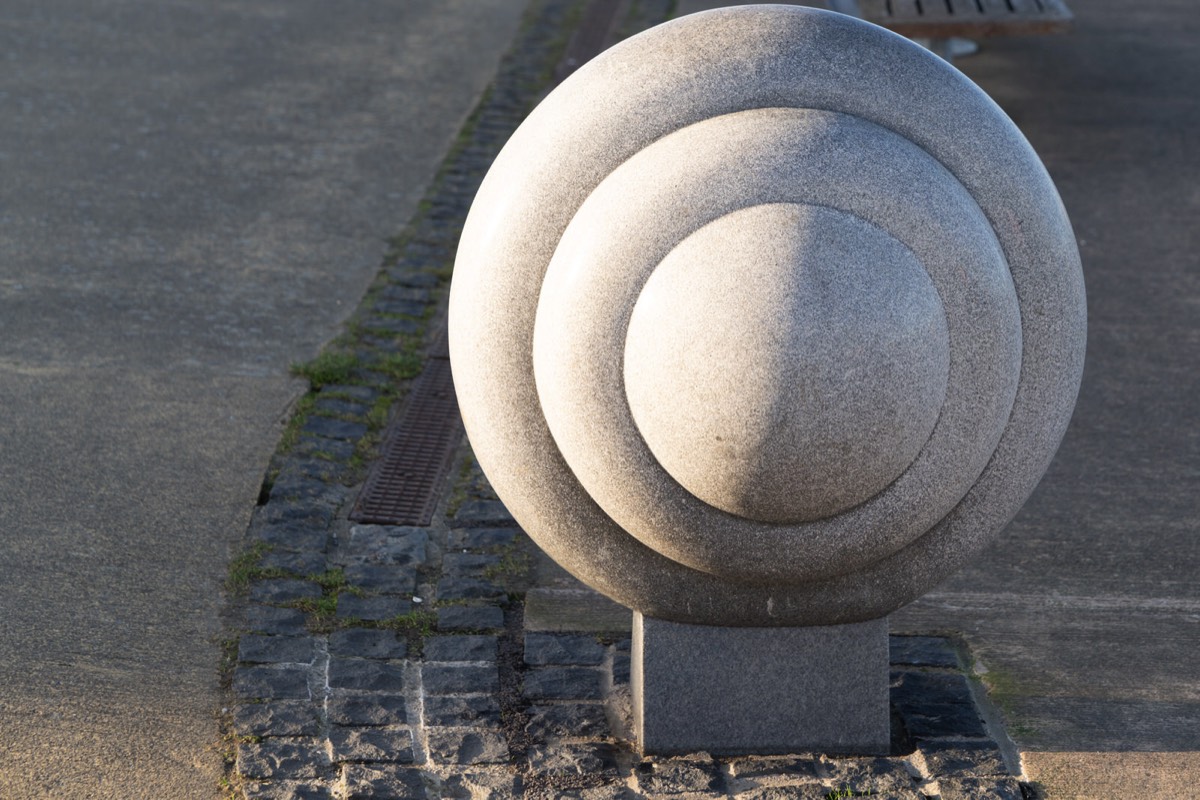
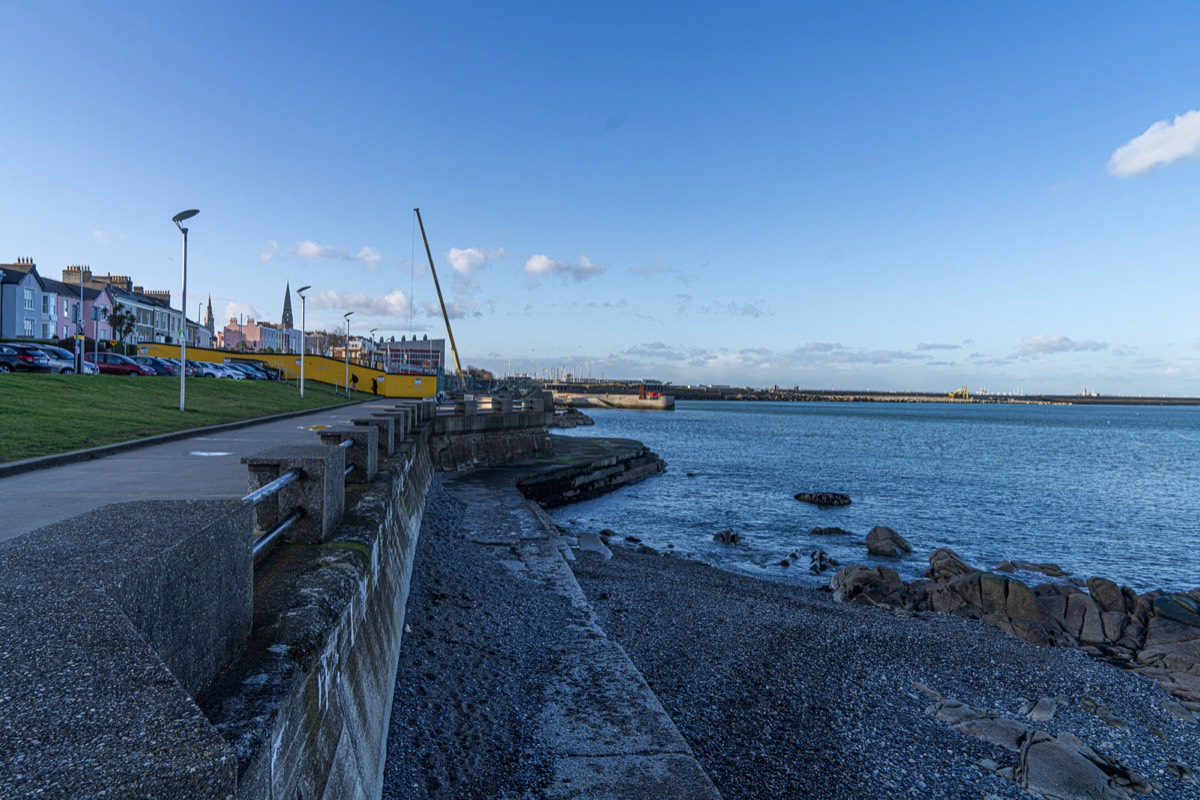
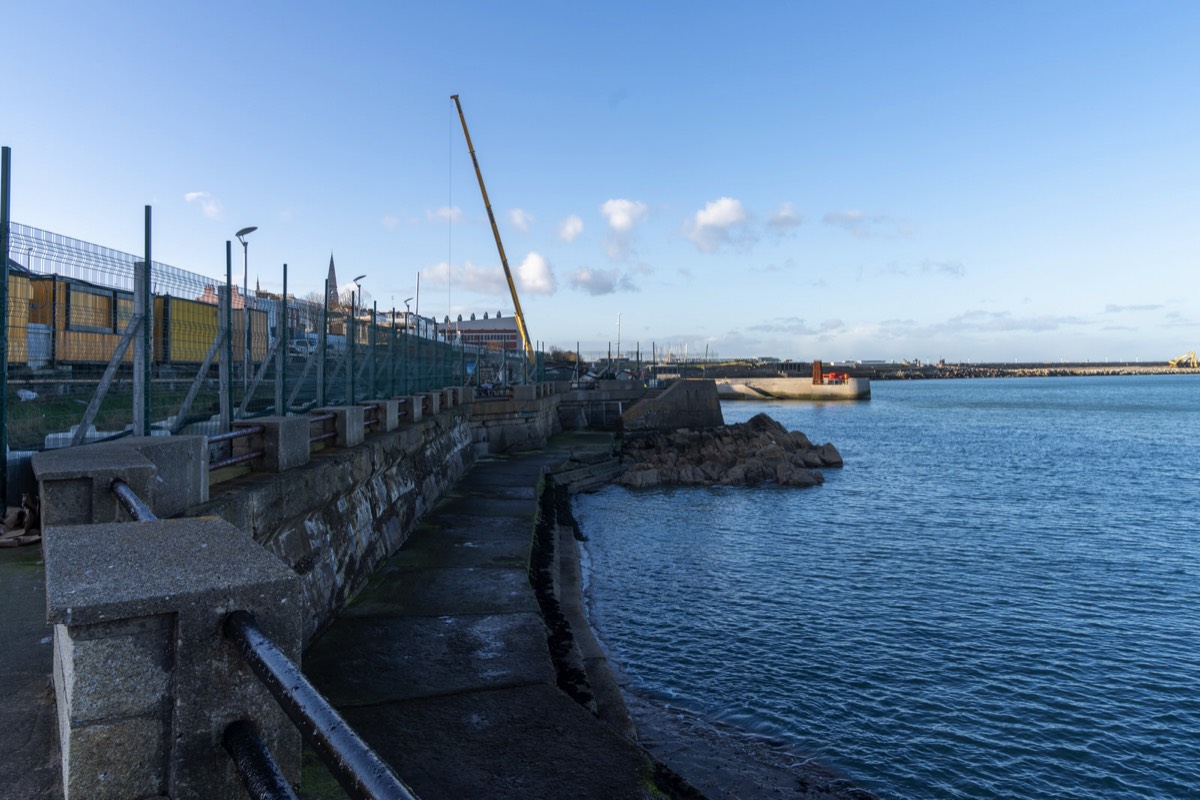
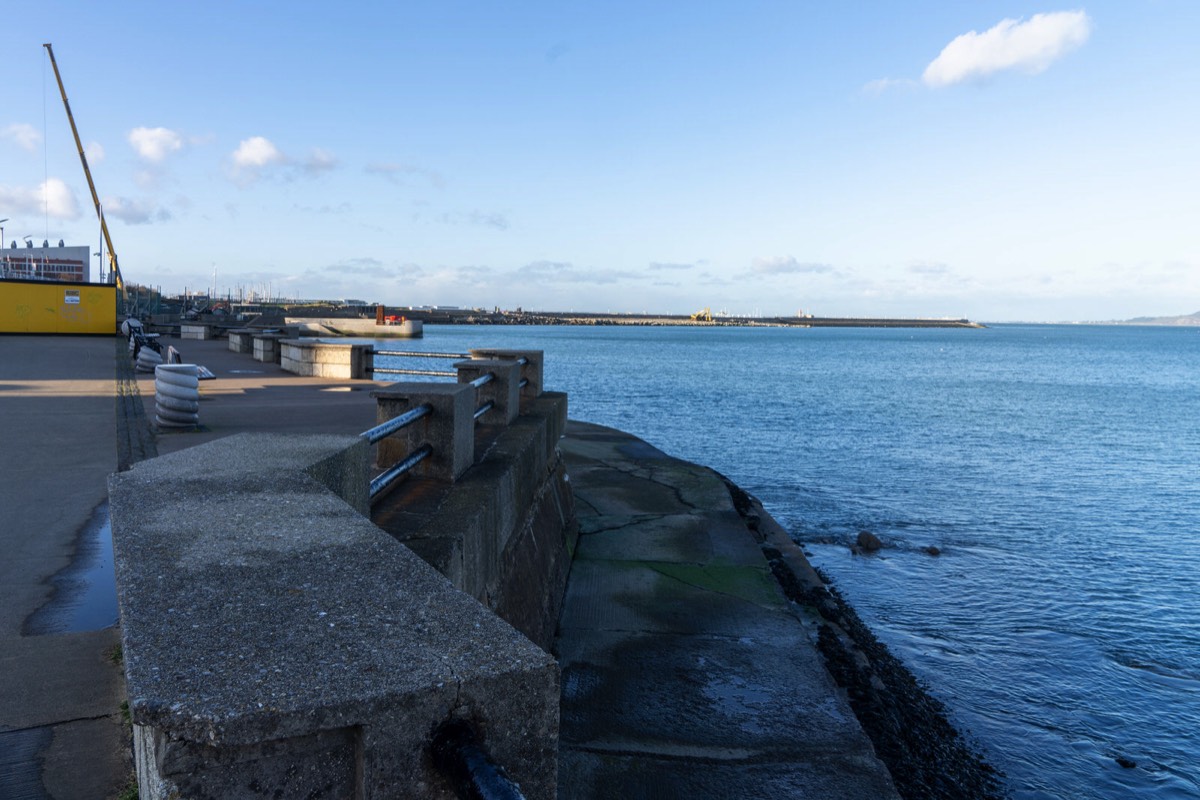
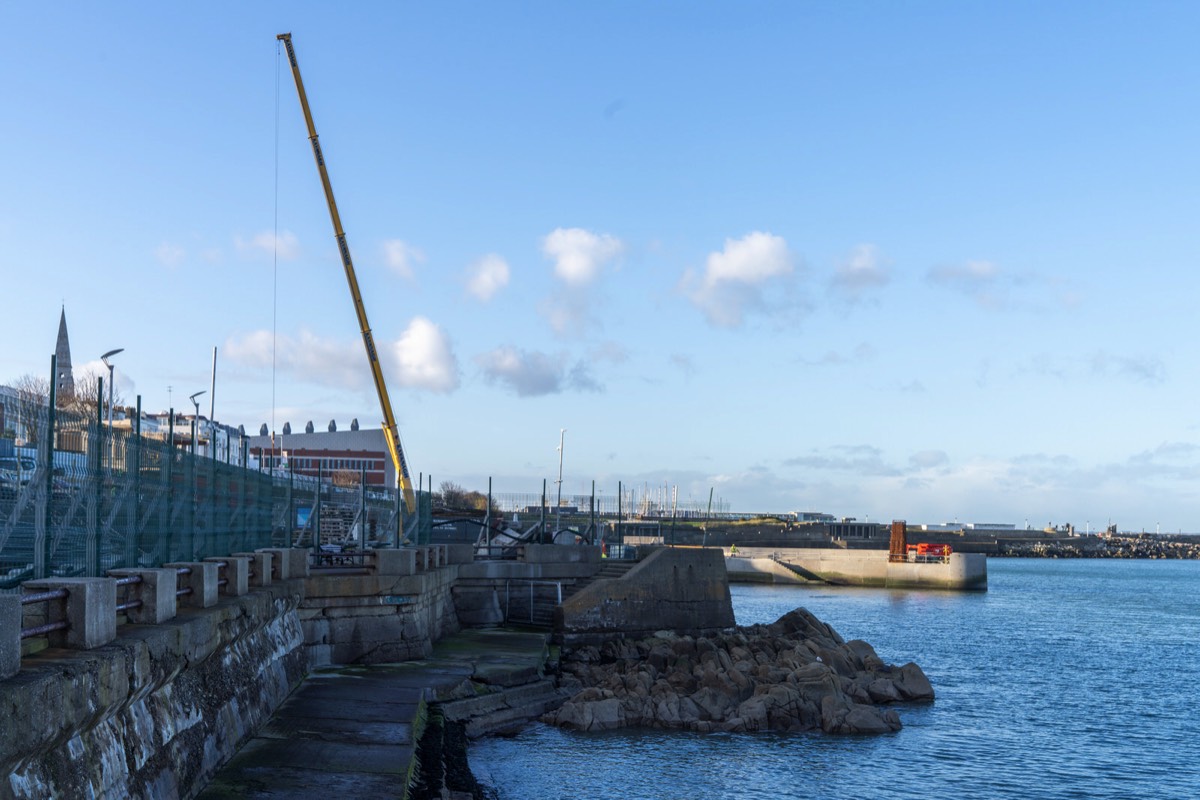
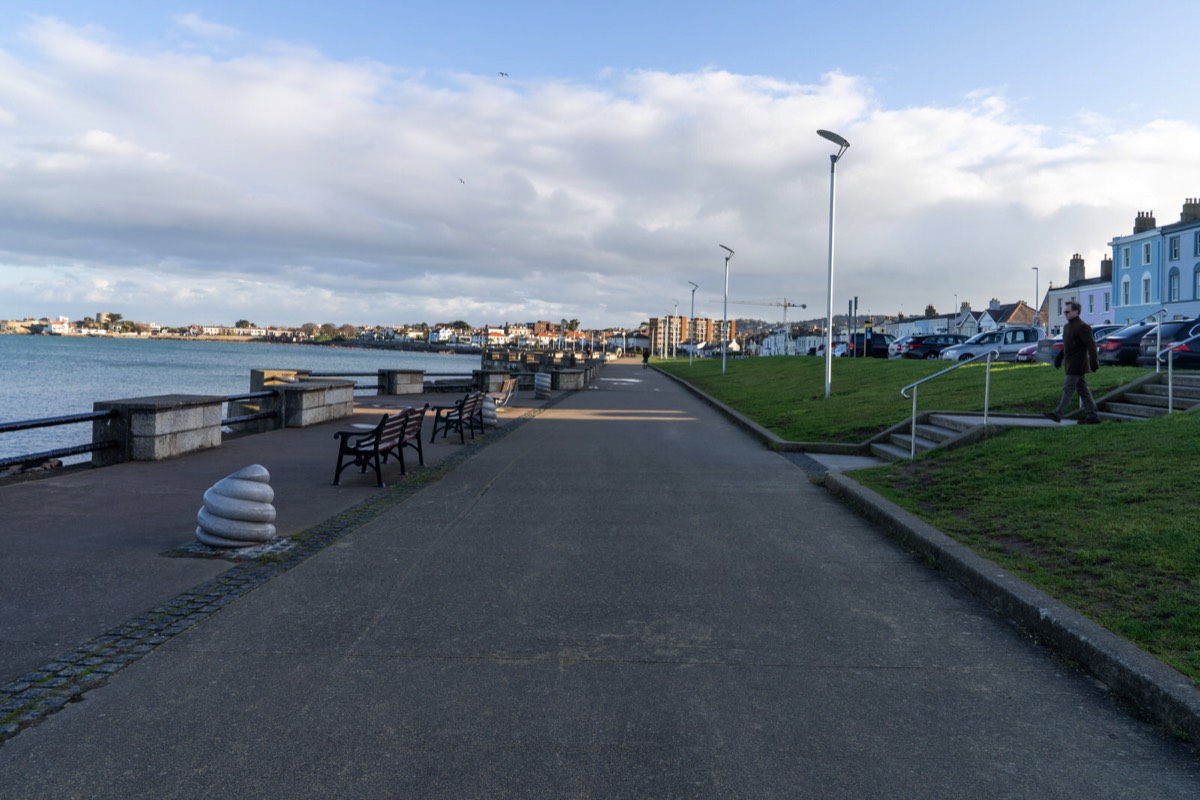
As an Amazon Associate I earn from qualifying purchases
You will find links to buy products from Amazon, Google and other partners. If you click on these links, you’ll find that the URL includes a small extra piece of text which identifies that the click came from my websites. This text is an affiliate code, and it means that I get a small percentage of the money you spend if you choose to buy that product, or, in some cases, other products from the site soon after. These affiliate links help pay the costs of producing my websites and ensure that the content is free to you.